Grindr might not have been the first location-based dating app—that distinction belongs to MeetMoi, a hookup app acquired by Match Group in 2016. But whether LGBT or not, looking for a long-term relationship or not, most singles are living in the house that Grindr built.
Pew Research found that roughly 60% of gay and bisexual men have used Grindr—which predates dating-app stalwarts like Tinder and Hinge, and spawned LGBT-focused competitors like Scruff and Growlr. As the company has targeted growth via a 2022 public offering—its stock price has seen marked improvement since mid-2024—it has become the establishment business. It’s hard to compete with 14 million monthly active users.
But Grindr is intentionally wide in its scope: Users can list their preference for chats, dates, friends, networking, relationships, or hookups. That’s left room for upstart apps like Sniffies, Archer, and Motto to bring something new to LGBTQ+ users by splitting off and innovating on some of Grindr’s features while jettisoning others.
Sniffies lets users cruise beyond the grid
Despite its other functionalities (25% use the app to network!), Grindr has a reputation as a hookup app, with lurid stories of one night stands dominating the app’s public perception. Still, there’s a dance that goes into a Grindr meetup: the sharing of pictures, the statement of interests, even the building of a profile. And there’s also some necessary sanitation: Sold through the mainstream marketplaces, Grindr profiles cannot feature public-facing explicit content.
Webapp Sniffies on the other hand makes no bones about its purpose as a hookup app. Trading Grindr’s proximity-based photo grid for a map of nearby users, Sniffies doesn’t even require an email address to browse its users, just a date of birth. Once inside, Sniffies users can remain nameless, faceless entities, defined by their sexual interests and some X-rated pictures. Of course, the webapp incentivizes registration; to attend an “event” or create a more detailed profile, you’ll need an email. Still, the barriers to entry are intentionally low.
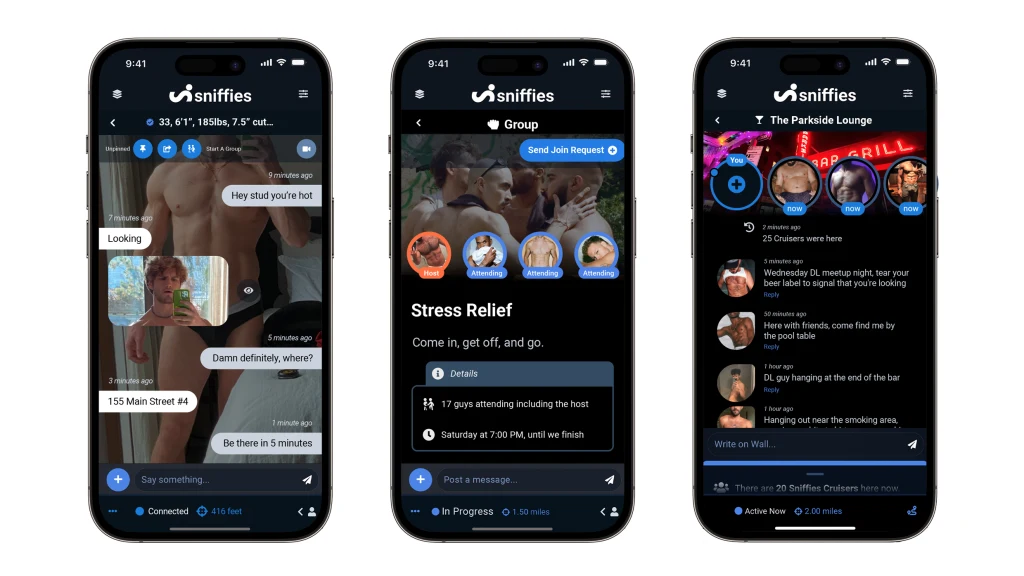
Sniffies taps into an age-old culture of cruising. With few places to meet, queer men would seek out public spaces like restrooms and parks to find sexual partners. Then there were physical techniques like foot-tapping and handkerchief signaling; now there are apps. These anonymous sexual encounters certainly take place on Grindr, but Jack Parlett, author of The Poetics of Cruising, says Sniffies more effectively replicates the old-school cruising experience.
“Where Grindr is a grid, Sniffies is a map, which gives a different flavor,” Parlett says. “Grindr feels more like a marketplace. There’s something about [Sniffies’] geographical interface that’s a bit more like analog cruising.”
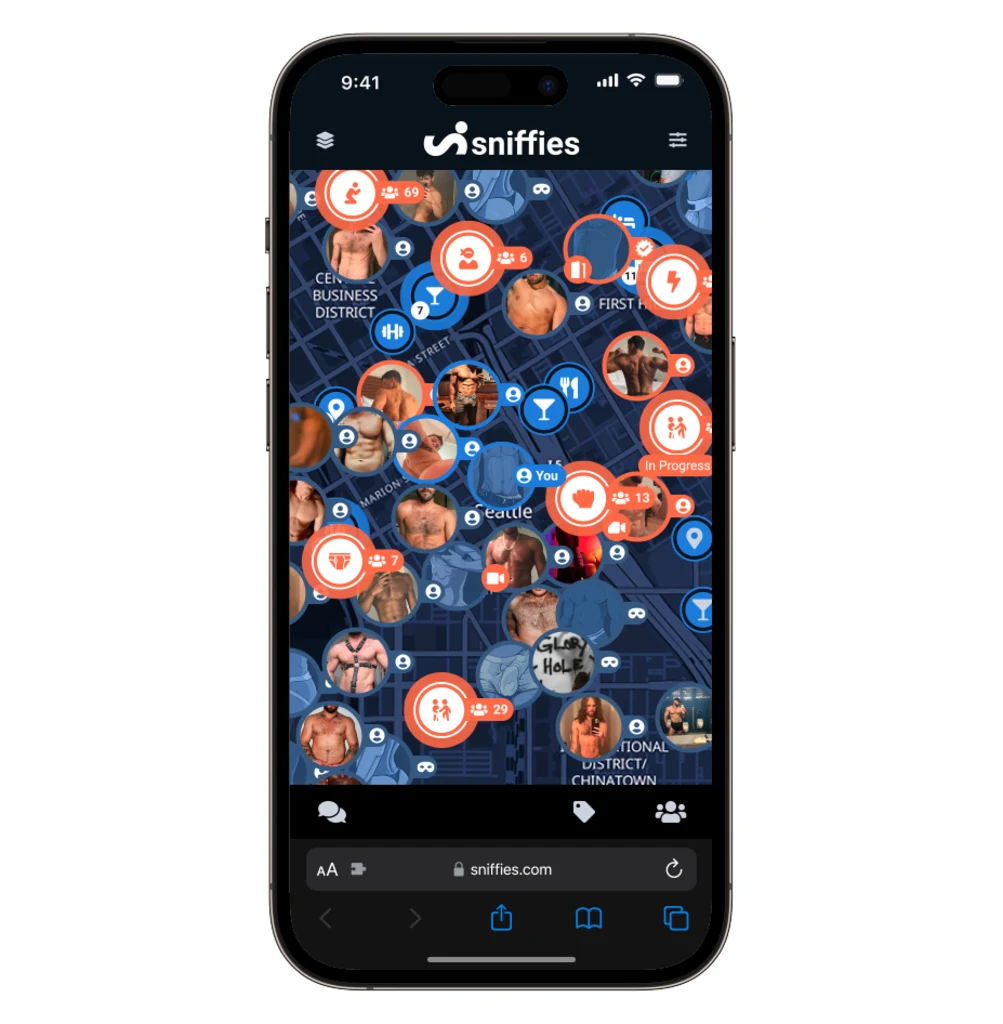
Ultimately, Sniffies benefits from being a single-use app, according to CEO Blake Gallagher. “It delivers what it promises to deliver, which is a hookup,” he says. Where Grindr courts hookups, dates, and friendships, Sniffies is forwardly sexual. Gallagher says the app’s positioning makes it “agnostic to where you might be on your sexual journey,” and attracts users who are exploring their own sexuality. According to internal data, 50% of cruisers identify as bisexual or bicurious, while only 33% identify as gay.
Getting a sense of Sniffies’ scale is difficult, especially with the quantity of anonymous log-ins. While Gallagher declines to give specific user metrics, he notes that the user base “doubled in the last year, and the app now serves tens of millions” of users worldwide. Crucially, not all these users identify as gay or even bisexual.
“We have this large cohort of users that are very different from the users that might use Grindr,” says Eli Martin, Sniffies’ chief marketing officer. “They’re the people that are [closeted], maybe they’re figuring out who they are and really just want to dabble. That group might never download Grindr, but they’ll happily go on to Sniffies with one click.”
Archer focuses on dates over quick connections
Where Sniffies fully embraces the anonymity of cruising, apps like Motto and Archer shun it. While they capitalize on other elements of Grindr’s interface, these apps demand verified photos of a user’s face to be present on their profile, replacing Grindr’s swaths of blank profiles with smiling faces.
It’s a direction that Grindr founder Joel Simkhai (who sold the company in 2016) is taking with his early-stage app Motto. Only available in New York, Motto is designed to remove anonymity from the gay dating experience by requiring profile headshots and integrating a photo-verification tool to root out spam accounts.
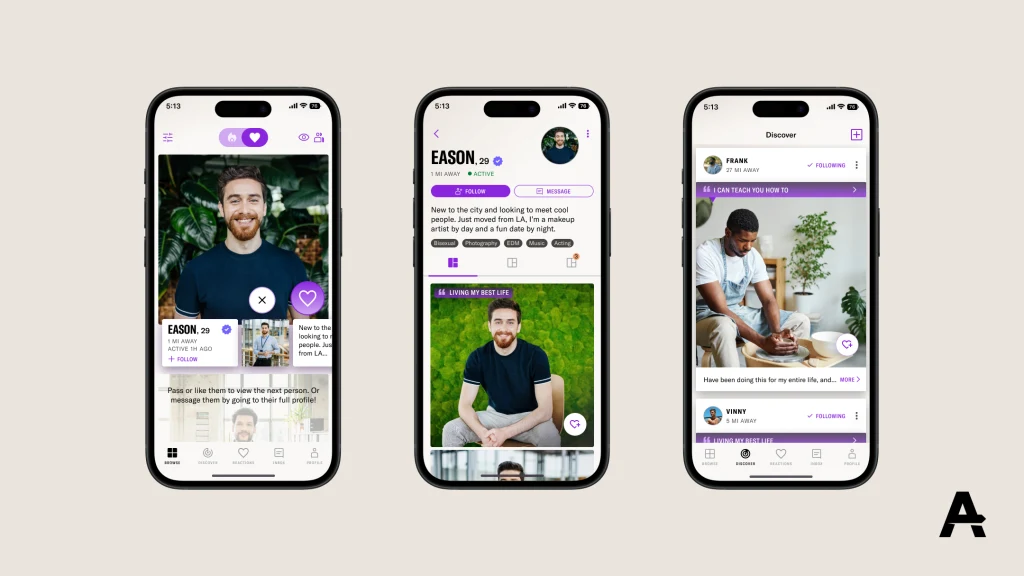
Match Group is taking the idea of photo verification and using its scale with Archer, the company’s first dating app aimed at exclusively LGBT users. Launched in summer 2023, Archer mandates selfie verification and at least three profile photos. In terms of user design, Archer is widely reminiscent of its app predecessors: The “Discover” tab allows users to Tinder-swipe through their options, while the “Browse” tab invokes Grindr’s classic grid.
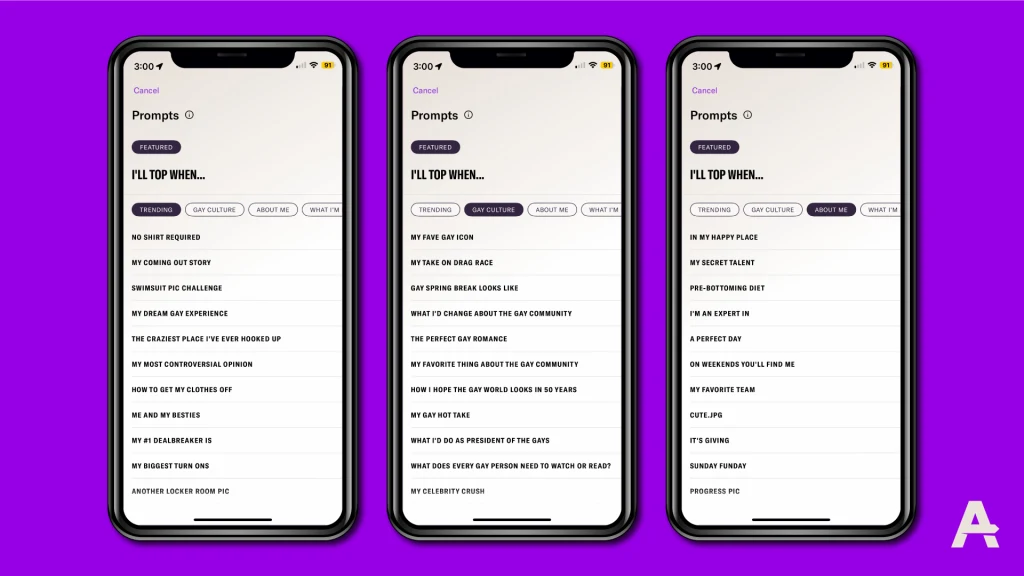
Archer’s head of brand Michael Kaye says his approach with the app is partially driven by internal data showing that Gen Z and millennials are unwilling to shy away from their identity on a dating app. He also brings with him his own experience when “there was only one gay dating app,” he says. “There were a lot of blank profiles [and] men who were hiding behind their bodies. It made me feel uncomfortable.”
The goal with Archer and its photo-verification requirements is to move “from a place of anonymity to celebration,” he says. “Queer love and connection shouldn’t remain hidden and secretive.” While Kaye declined to provide an active user count, he notes that Archer reached over 975,000 downloads in the initial year after its June 2023 launch, and that 15.5 million messages had been sent in-app.
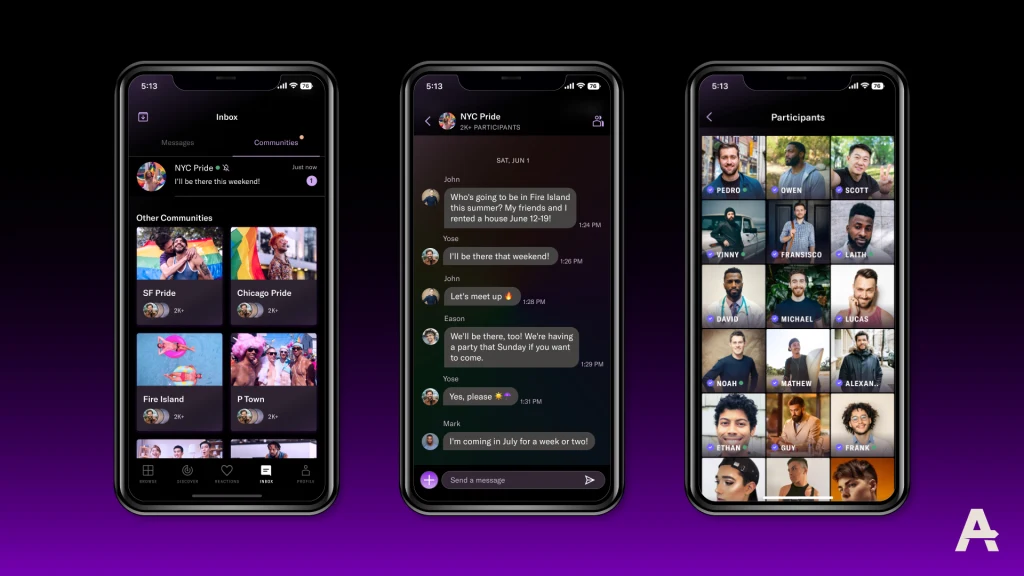
James Laidler, a life coach for gay men, acknowledges that the app has found its niche with those who are slightly more oriented towards dating than the traditional Grindr user, even if he feels it focuses too much on monogamy. “Archer [is] for folks who are more geared towards relationships and connection versus oriented around sex,” Laidler says. “The differences in values, needs, and presentations of queerness are now being accurately represented in the apps [that are available].”
When told about this perception of Archer as a relationship-focused app, Kaye is excited. Their internal data shows a similar usage: More users are looking for dates than hookups. Most daters have multiple apps downloaded, Kaye explains; he’s happy that Archer has found its place among them.
“I don’t think there’s anything wrong with either sort of connection,” Kaye says. “We are creating an app that gives someone all the tools to find what they’re looking for, whether that’s their Friday night or their forever person. Sometimes, your Friday night will lead to your forever person.”
Grindr keeps grinding
As a competitor, Grindr has remained more or less unmoved. The company has been through highs and lows: It went public in late 2022, after which its share price tumbled double digits from its first market close, before climbing slowly up. Grindr also lost almost half of its workforce in a late 2023 RTO push, but has seen consistent revenue growth across quarters, most recently posting 34% revenue growth for its second fiscal quarter, raising its guidance for the year.
Despite its primacy among other LGBT dating apps, Grindr is looking to grow its offering, in part by embracing AI. In a LinkedIn post, CEO George Arison wrote that Grindr was striving towards being an “AI-first company,” teasing the idea of introducing an AI wingman or even integrating tools that will help users compose messages.
Beyond AI, the company is pushing to become a “global gayborhood in our users pockets,”says AJ Balance, Grindr’s chief product officer. With its ubiquity among gay men, maybe Grindr can extend beyond the world of hookups, fostering new connections.
“The use case is casual dating, so it’s real-time and location based, but that also makes the product really engaging, so folks spend a lot of time in it,” Balance says. “Over time, they’ve started using it to find all sorts of other connections, like making friends, going on dates, [and] getting travel recommendations.”
Balance shrugs off any reference to their budding competitors, like Sniffies and Archer: “We’re aware of some of these products, but we really focus on our users first and building around their needs.”
The application deadline for Fast Company’s World Changing Ideas Awards is Friday, December 6, at 11:59 p.m. PT. Apply today.
